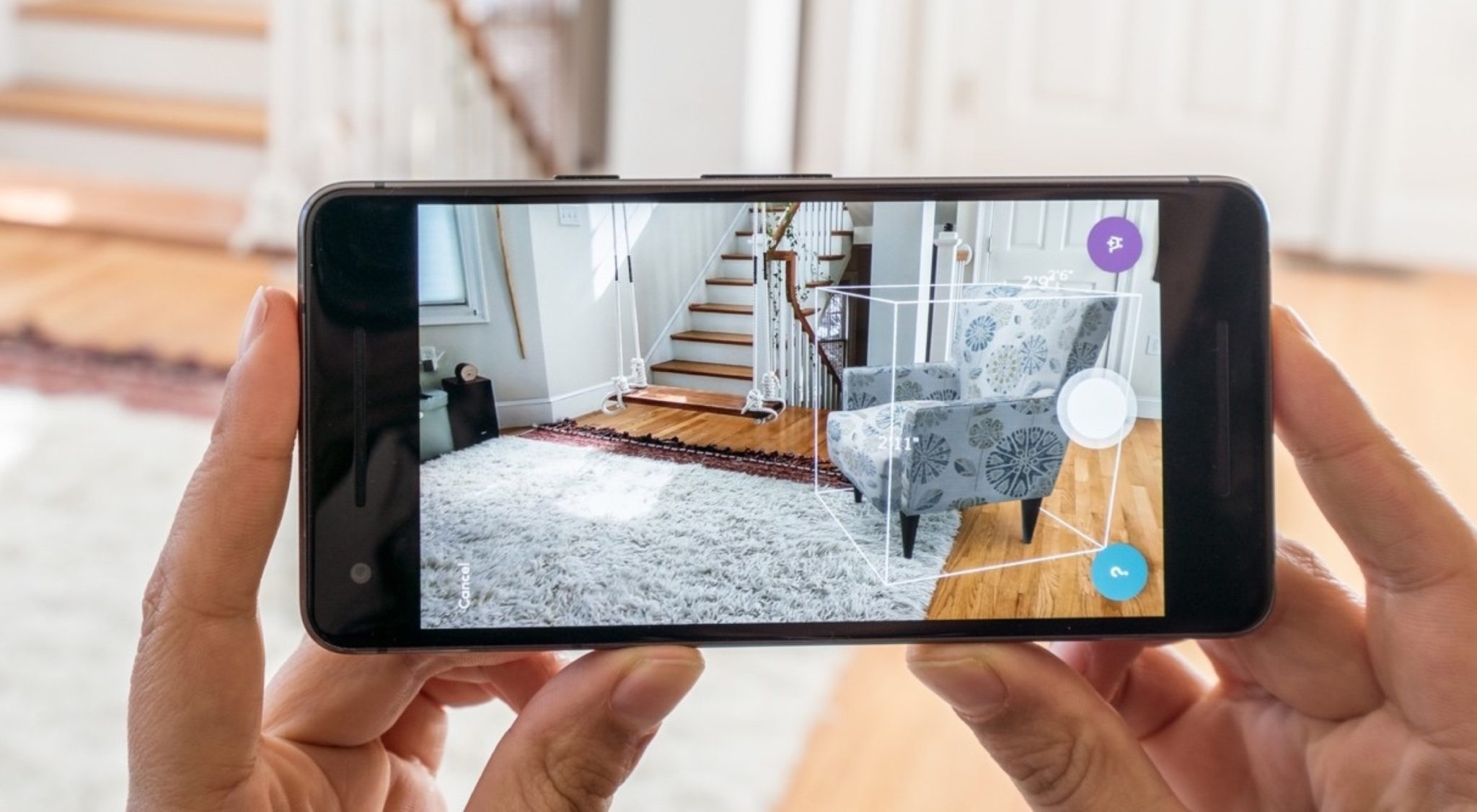5 augmented reality use cases in manufacturing for assembly and maintenance
Here are five of the ways manufacturers are using AR to streamline their processes and drive efficiency:
1. Training and upskilling
As companies adopt new technology, 50% of current employees will need skills to match. But, AR can help companies provide their workers with an immersive learning experience.
Employees can interact in real time with virtual objects and learn more about them through audio. Moreover, all the training materials can be made once and uploaded onto a shared database. After that, workers can access them from anywhere and at any time.
2. Digital work instructions
Manufacturing processes involve workers performing complex tasks. And it can often take at least a few tries for workers to get them right. AR can reduce such errors by overlaying instructions straight onto the work surface. Workers can follow one direction at a time and reduce errors.
AR-based instructions make documenting instructions easier as well, such as by adding audio cues to supplement 3D projections via a simple interface.
3. Prototyping
Product development is a time-intensive and expensive process. Companies often spend up to USD 30,000 building a single prototype. This model goes through several checks and revisions before getting approved for manufacturing.
AR simplifies prototyping by helping designers visualize prototypes working in the real world. This reduces the costs associated with physical prototyping.
4. Quality Assurance
AR allows workers to project 3D visualizations of prototypes onto any workspace, so they can use it for quick quality assurance checks during manufacturing.
5. Continuous Maintenance
Machines that get used every day are more likely to need maintenance due to wear and tear. AR reduces the time for such routine repairs by streamlining access to information.
4 manufacturing sectors using augmented reality
In a number of sectors, AR adoption is already widespread:
1. Automotive
AR allows workers to explore automotive designs by swapping out components. Then it simulates tests to ensure that the prototype is suitable for manufacturing.
Some companies use AR to streamline production. In these cases, the tech ensures workers have access to the information they need. For instance, BMW uses AR goggles to assist workers in the stud welding process. The optical tracking system tracks infrared LEDs on the machine, which guides the worker to target a particular welding point, ensuring accuracy.
2. Aerospace and defense
Aerospace or defense manufacturing is more complex when compared to automotive manufacturing. It entails complex assembly processes and careful handling of expensive materials.
For perspective, the aerospace manufacturing sector was valued at USD 888.6 billion in 2022, underlining the need for skilled technicians who work with precision. AR helps aerospace and defense manufacturing units work with precision. It improves communication and increases the speed of manufacturing too.
Lockheed Martin used AR goggles to determine accurate attachment points when building the NASA Orion spacecraft. In this case, the instructions were overlaid onto the physical spacecraft, helping workers perform complex manufacturing tasks quickly.
3. Electronics
The electronics industry is fast-paced, requiring companies to launch new products regularly while ensuring they follow all specified quality standards. Given the high employee turnover in the industry, workers need constant training too. This is why companies are looking to AR for training and innovation. For example, Bosch uses AR in their Dresden plant for remote maintenance work.
4. Medical and life sciences
Pharmaceutical companies must follow strict checks to ensure they receive approval from authorities. This means machines should always operate efficiently to reduce errors. AR is helping with this process.
Companies can train operators through AR to understand complex manufacturing processes. In contrast, operators can use AR to identify components that need replacement based on their service date. Take Apprentice.io’s manufacturing execution system, for instance. The AR-assisted overlays help the company follow complex batch recipes through audio instructions.
What are the different types of AR technologies used in manufacturing?
Explaining three different types of AR interface:
Tablet AR
Here, the user interacts with digital objects via a tablet or a mobile phone through a designated AR app.
The tech is useful for simple AR-based activities like monitoring in manufacturing. This is because such tasks do not demand complex interactions with digital objects. Also, since the screen-viewing time is short, using a tablet is comfortable too.
Furthermore, most individuals are already familiar with using a tablet. For perspective, in 2021, there were 1.28 billion tablet users worldwide. As such, implementing tablets requires minimal staff training, keeping costs low.
Wearable AR
Here, the user interacts with digital objects through a headset or glasses. Since the tech is wearable, the operator does not need to hold a handheld device or controller. Instead, the user can use AR to overlay digital data onto real-world objects and perform tasks in real-time.
Wearable AR is used for manufacturing processes like repairing equipment. This reduces time spent switching between the job and referring to a manual. Also, it reduces maintenance time. For some companies, that amounts to about 40 hours per week.
Projected AR
The interactive AR object is displayed on any surface. Since multiple people can view the object at the same time, the tech is used for many processes, including testing, training, inspection, and maintenance. Such AR tech streamlines various manufacturing processes.






